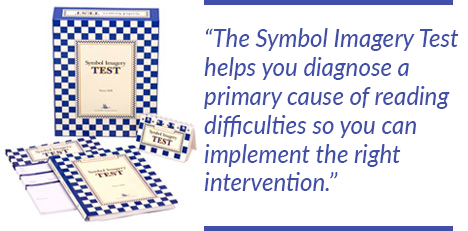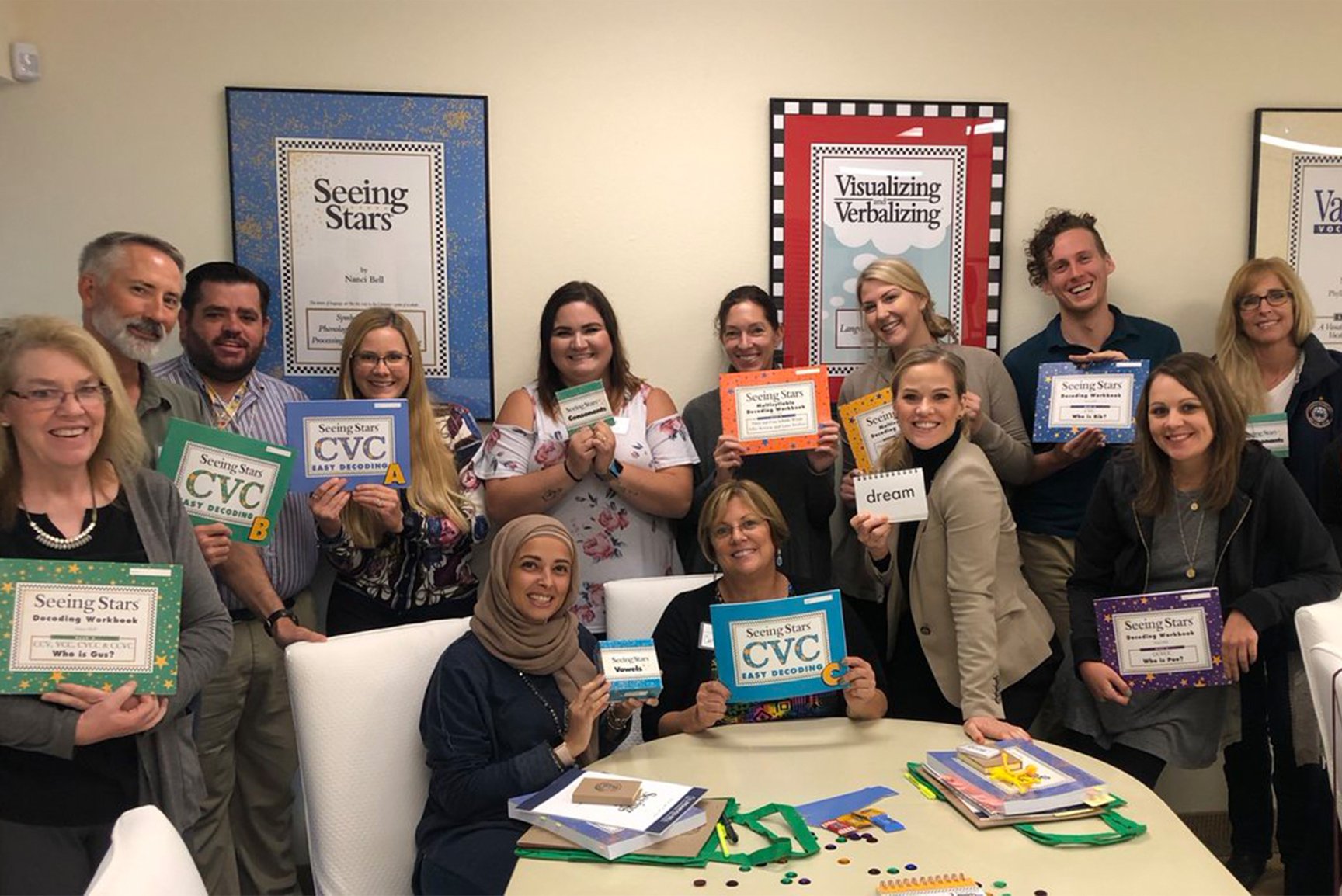Ashley Morelli is a 3rd grade teacher at Elisa Nelson Elementary's Center for Literacy Innovation in Pinellas County Schools, Florida. She recently shared in a Lindamood-Bell for Schools Leaders in Literacy Webinar how her school has embedded Visualizing and Verbalizing (V/V) and Seeing Stars into its math and science curriculum. Morelli teaches students who have either been diagnosed with dyslexia, have certain characteristics of dyslexia, or have a specific learning disability.
All of the teachers in the Center for Literacy Innovation have been trained in V/V and Seeing Stars. Teachers spend two hours a day in Seeing Stars intervention in addition to teaching all of the standards in reading, science, math, and writing. Due to this full schedule, she says, “Time is of the essence for us. We have had to become very creative with how we teach all of the standards.”
Visualizing and Verbalizing in Science
When it comes to Science, one of her district’s goals is to embed ELA standards with Science standards. “One of the things we’ve done is we’ve taken the science topics and then paired them with ELA standards. That lends itself naturally to Visualizing and Verbalizing’s Sentence by Sentence, Multi-Sentence and Whole Paragraph.”

An example that Morelli shared in the Webinar was a lesson using an article her students had read about exploring space with telescopes. She went through the article Paragraph by Paragraph using the colored felts and had the students “picture” as they were reading. Prior to reading the article, Morelli preloaded and pulled out key vocabulary words.
One of the words she pulled out was astronomer, asking students what they pictured for this vocabulary word and talking about how an astronomer is a scientist who studies and observes the night sky.

As students go through the article they use their V/V strategies to say what they’re picturing for each of the felts. “Going through a science article like that provides scaffolding for the students who need it and it gives the students an opportunity to feel successful when they’re reading through an article that’s two or three pages long,” said Morelli. She says this is especially important with the kids she works with because they haven’t always felt successful with reading.
Structure Word Take Aways
Morelli finds that Structure Words are helpful in providing a writing scaffold and they help students get familiar with writing descriptions. In her classroom, she displays the Structure Words on the walls and incorporates activities where students have to use the Words to describe objects in the classroom. Other students then have to guess what the objects are by using their “pictures”.

“When we first started at the beginning of the year, it was very difficult for students to describe using only the Structure Words and they weren’t making enough pictures for the other students to guess," explained Morelli. Now that they’ve gotten used to it, she says they’re pulling their Structure Words into writing their descriptions and this is helpful in incorporating their Words into their writing all of the time.
Watch Morelli’s entire presentation and learn from other instructors who have years of experience in utilizing V/V strategies through the curriculum.







Socialize and Connect
Connect with us for the latest news, success stories, research, promotions, and more!